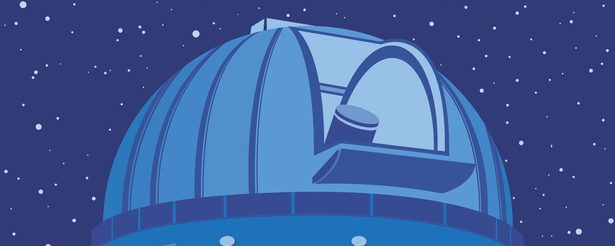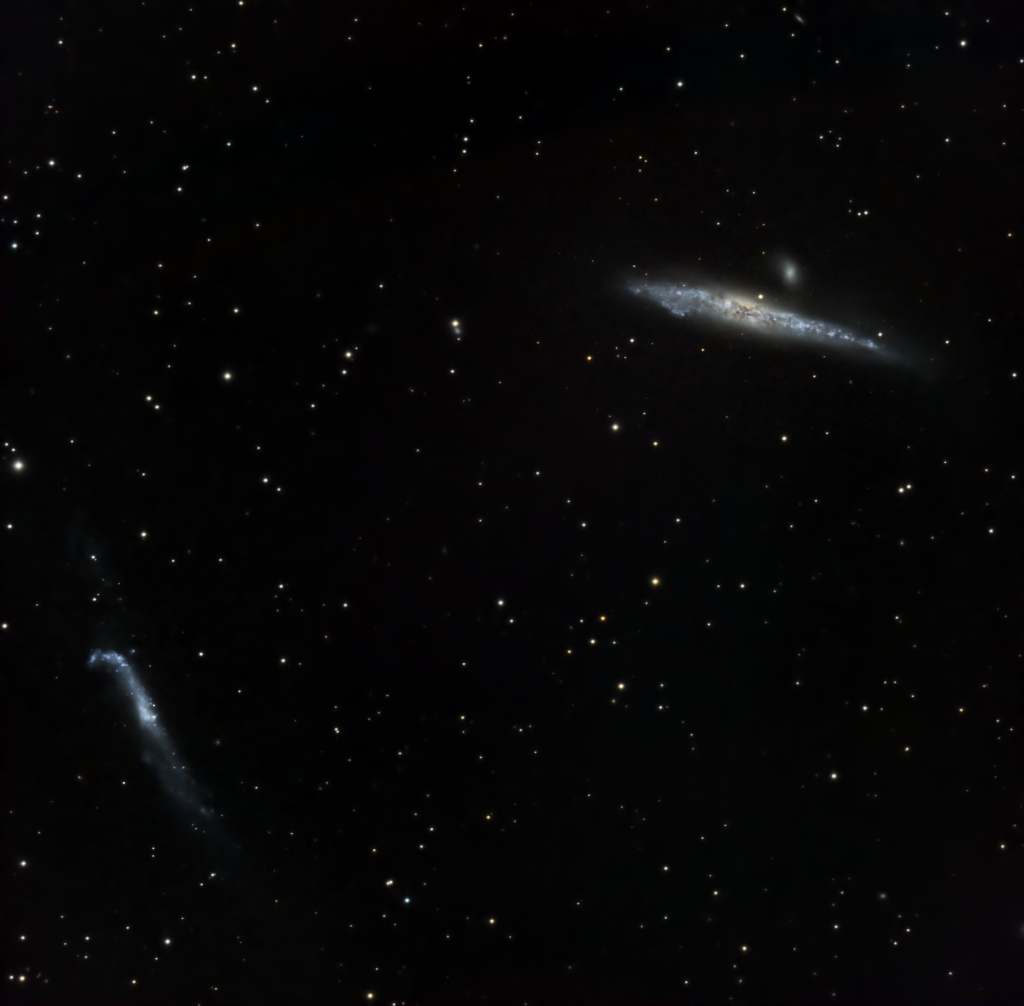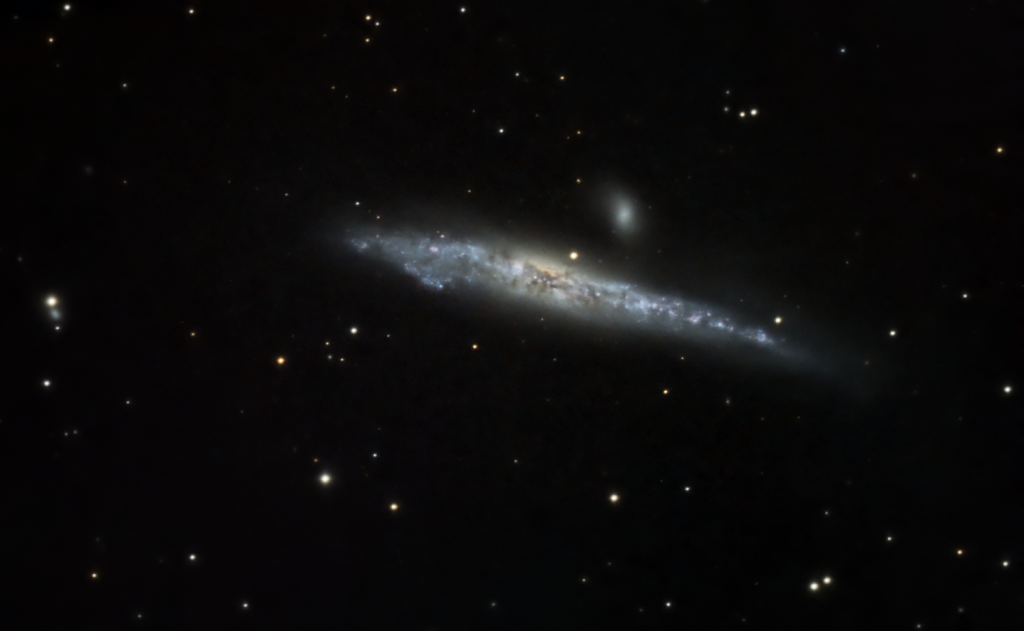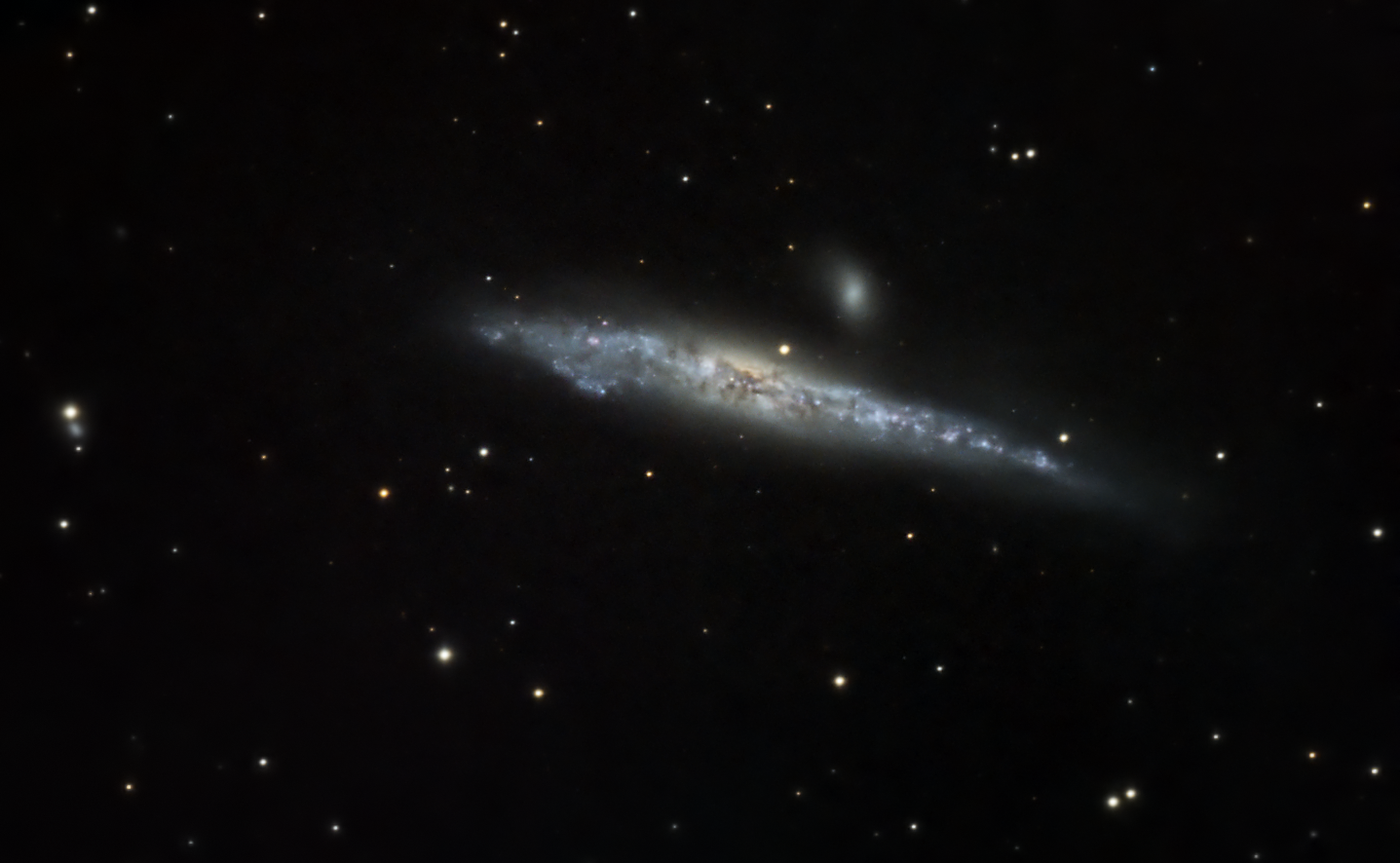
Similar Posts
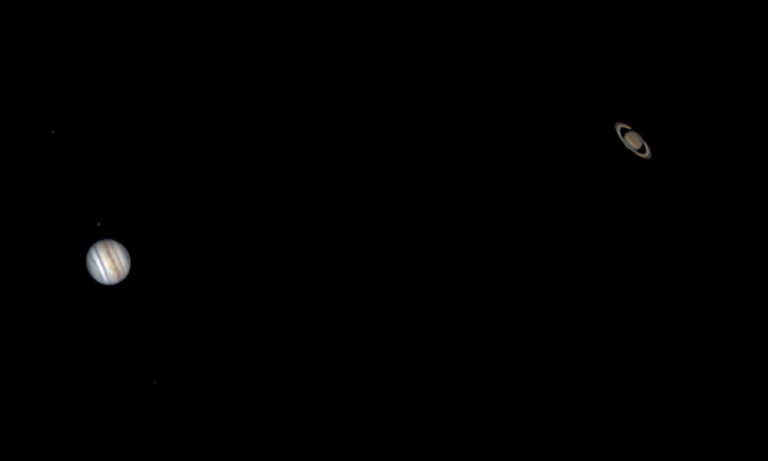
The “Christmas Star?” Not really.
On December 21, 2020, something really special happened in the sky: Jupiter and Saturn had an approach so close that it only happens every 800 years or so. They were so close in the sky that to the unaided eye, they looked like a single, bright star. This led many to proclaim it to be…
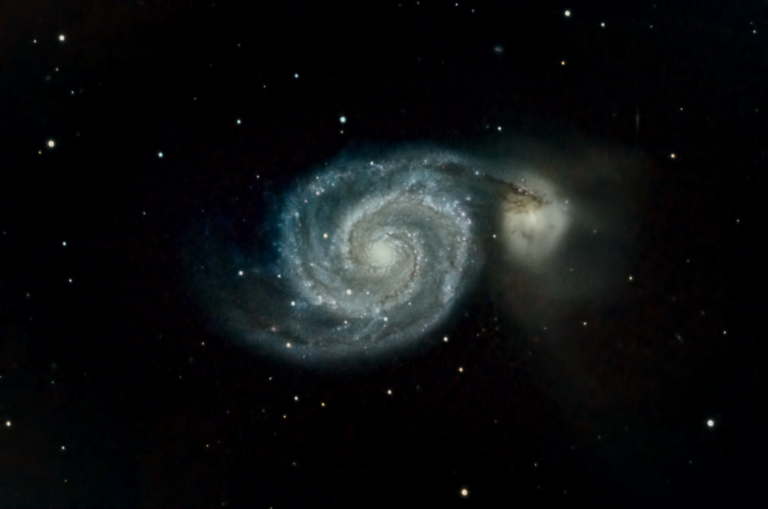
The Whirlpool Galaxy
The Whirlpool Galaxy (M51) appears to be sucking the life out of its companion, NGC 5195. While these galaxies are interacting, they’re not actually connected right now – it just looks that way.
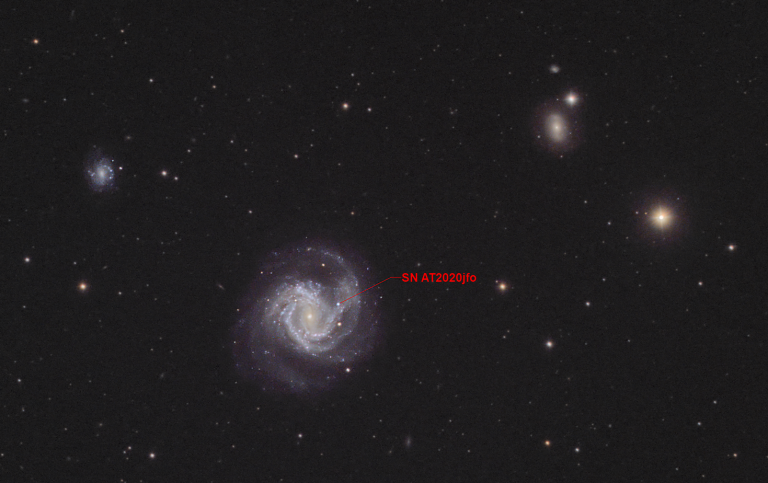
A Supernova 50 million light-years away!
Highlighted here is a recently discovered supernova in the galaxy M61, over 50 million light-years away! This exploding star outshines the entire core of its own galaxy, and many of the much closer stars seen within our Milky Way. The sheer power of this stellar explosion is unfathomable. It’s 50 million light-years away, which means…
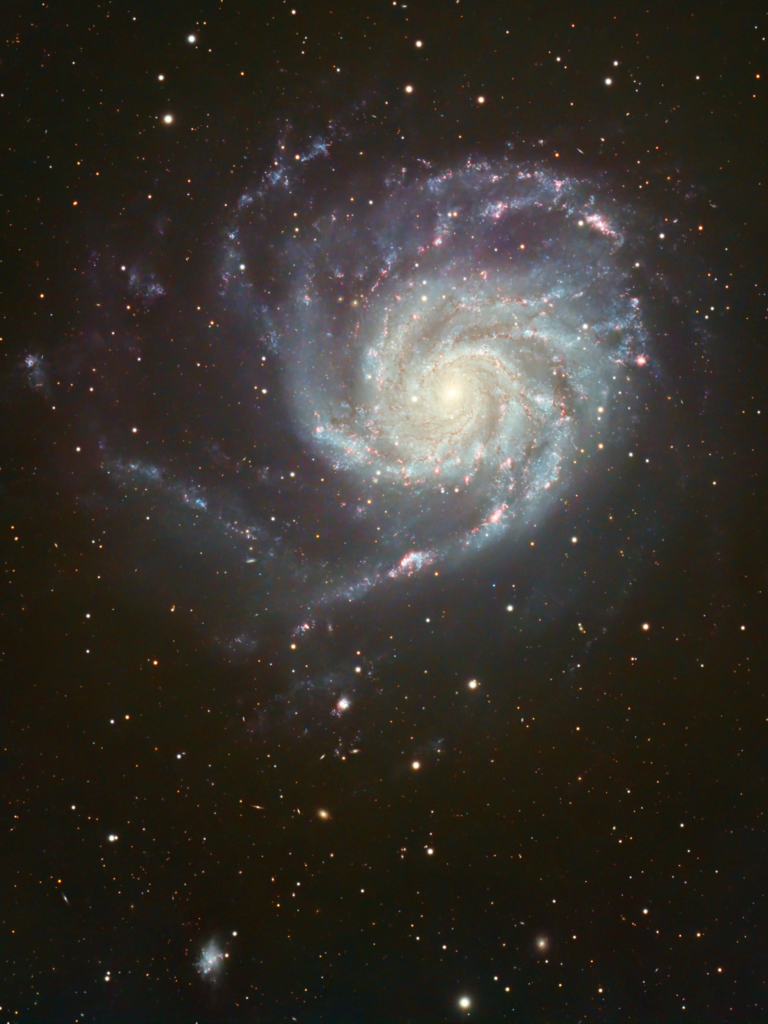
Revisiting the Northern Pinwheel Galaxy (M101)
Somehow I’ve neglected to go back to one of the showcase galaxies of the spring sky with newer equipment and software: M101, the “Pinwheel Galaxy.” Located about 21 million light-years away within Ursa Major, this relatively close galaxy shows lots of active star-forming regions revealed by red HII gas. Those red spots are nebulae in…
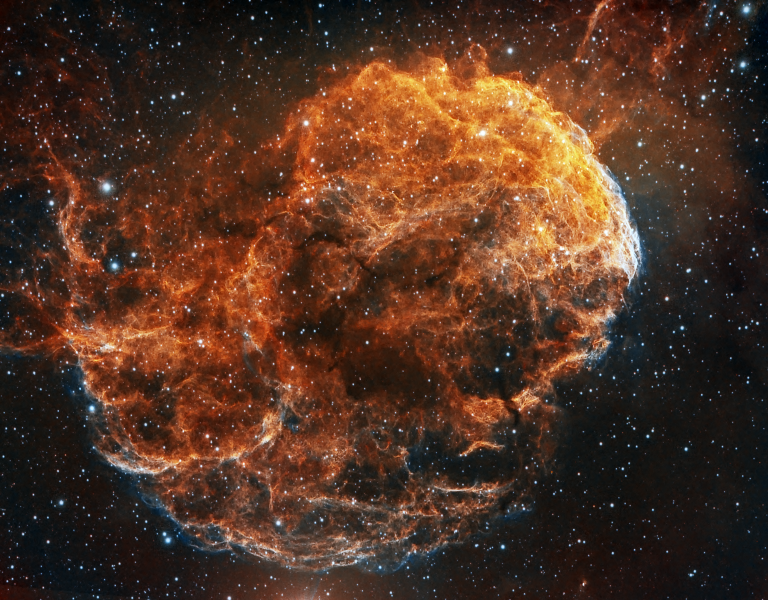
Space Jellyfish!
This is IC443, commonly known as the “Jellyfish Nebula” for obvious reasons! IC443 is a supernova remnant about 5,000 light-years away. This is a false-color, narrowband image consisting of a total of 20 hours of exposure time.
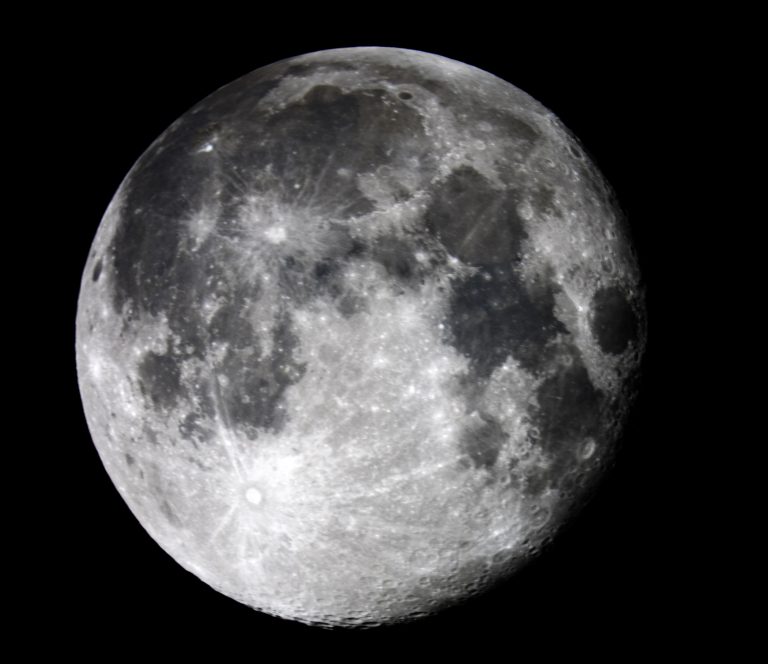
The Moon
A full moon captured with a Canon T6i DSLR.
